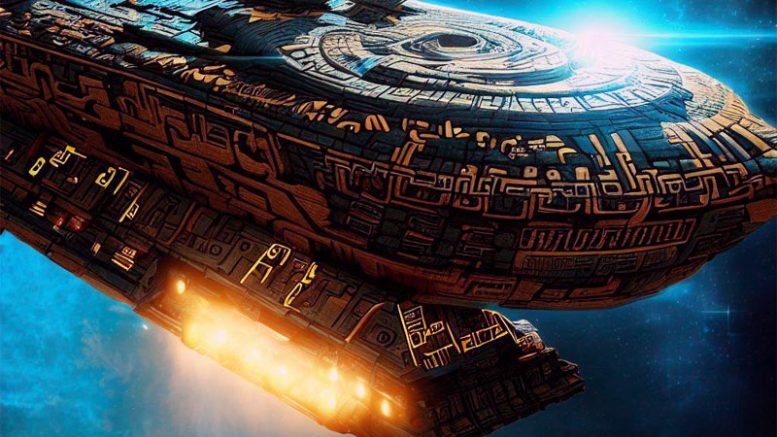Mexico has announced its ambitious plans to become the first nation to colonize the moon and Mars using ancient Aztec technology. The Mexican Space Agency (MSA) said that it has discovered a secret chamber under the Pyramid of the Sun in Teotihuacan, where it found a collection of ancient artifacts and manuscripts that reveal the secrets of the Aztec civilization’s advanced knowledge of astronomy, engineering, and mathematics.
According to the MSA, the Aztecs had developed a sophisticated rocket propulsion system that used liquid hydrogen and oxygen, as well as a navigation system that used a complex calendar and a magnetic compass. The MSA said that it has successfully replicated these technologies and tested them in a series of launches from the Yucatan Peninsula. The MSA also said that it has found evidence that the Aztecs had already sent several missions to the moon and Mars, and that it intends to follow their footsteps and establish permanent settlements on these celestial bodies.
The MSA’s announcement has been met with skepticism and ridicule by many experts and officials around the world, who have questioned the validity and feasibility of the MSA’s claims. Some have suggested that the MSA is trying to divert attention from the country’s economic and social problems, or that it is playing a prank on April Fool’s Day. However, the MSA has insisted that its space program is serious and legitimate, and that it will soon prove its critics wrong by sending the first Mexican astronauts to the moon and Mars.
The MSA has also invited other countries to join its space exploration efforts, saying that it is willing to share its ancient Aztec technology with anyone who is interested. The MSA said that it hopes to create a new era of international cooperation and peace in space, as well as to honor the legacy of the Aztec civilization, which it considers to be the true pioneers of space travel.

